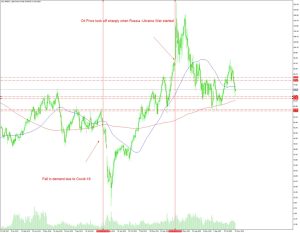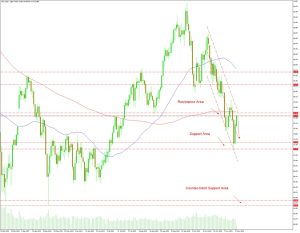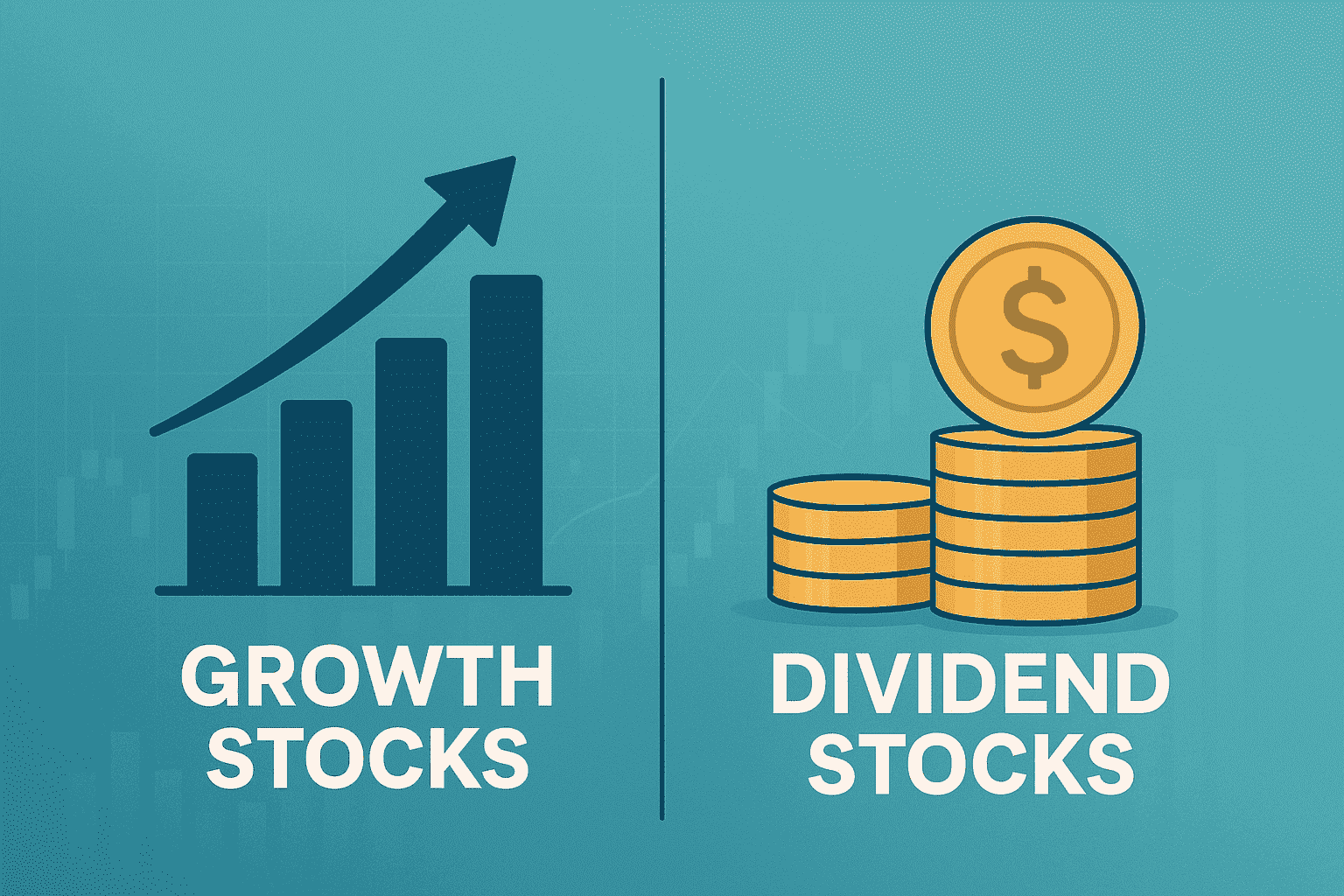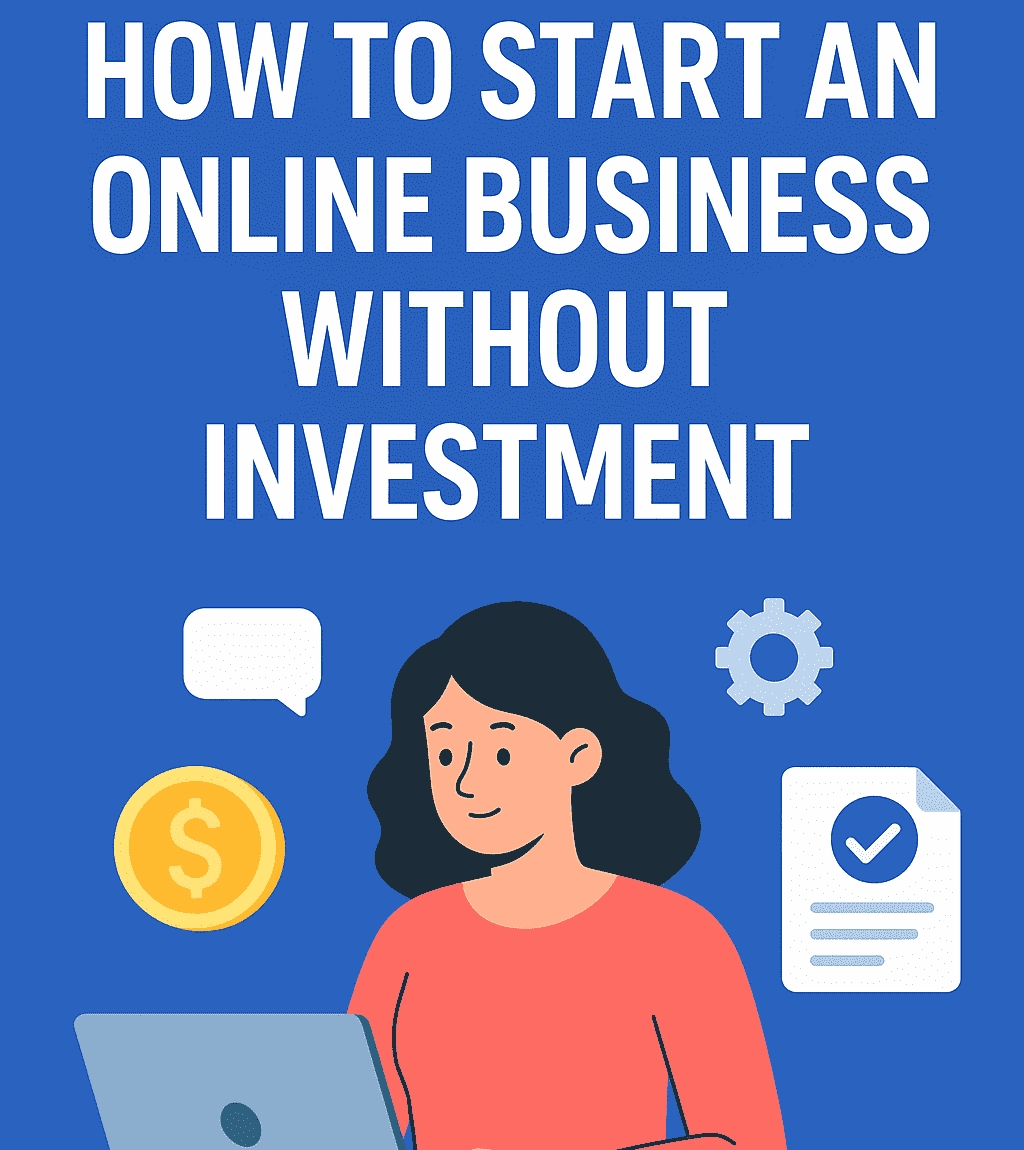West Texas Intermediate (WTI) is a benchmark for the price of light sweet crude oil, a type of crude oil that is low in sulfur and has a high gravity. It is the most actively traded oil futures contract in the world, and its price has a significant impact on the global economy.
Significance in the Global Economy
Oil is a major commodity that is used to produce a variety of products, including gasoline, diesel, jet fuel, and plastics. The price of oil is therefore a key factor in the cost of transportation and manufacturing. Fluctuations in oil prices can have a ripple effect throughout the global economy, affecting consumer prices, inflation, and economic growth.Recent Trends
The price of WTI oil has been volatile in recent years, due to a variety of factors, including supply and demand dynamics, geopolitical events, and economic conditions.
- In 2022, the price of WTI oil reached a high of over $120 per barrel, due to Russia’s invasion of Ukraine, which disrupted global oil supplies. However, the price of oil has since fallen back, and is currently trading around $76 per barrel.
Investors need to stay informed about oil price movements.
This is because oil prices can have a significant impact on the overall performance of these asset classes.
- For example, if oil prices rise, it can lead to higher inflation, which can put downward pressure on bond prices.
- Conversely, if oil prices fall, it can lead to lower inflation, which can boost stock prices.
Key Takeaways
- WTI oil is a benchmark for the price of light sweet crude oil.
- The price of oil has a significant impact on the global economy.
- Oil prices have been volatile in recent years.
- Investors need to stay informed about oil price movements.
By understanding the WTI oil market and its significance, investors can make more informed investment decisions.
Factors Influencing WTI Prices Now
WTI oil prices are constantly fluctuating, influenced by a complex interplay of geopolitical events, supply and demand dynamics, and global economic conditions. Understanding these factors is crucial for investors, businesses, and policymakers to make informed decisions.
Geopolitical Events
Geopolitical events can have a significant impact on WTI oil prices. For instance, the ongoing war between Russia and Ukraine has caused supply disruptions and heightened concerns about potential disruptions to Russian oil exports, leading to price spikes. Similarly, sanctions imposed on Iran over its nuclear program have limited its oil exports, contributing to price volatility.

Supply and Demand Dynamics
The balance between global oil supply and demand is a primary determinant of WTI oil prices. When supply exceeds demand, prices tend to fall, and vice versa. This balance is influenced by various factors, including:
- Production levels of OPEC+ countries: The Organization of the Petroleum Exporting Countries (OPEC) and its allies, collectively known as OPEC+, have a significant influence on global oil supply. Their production decisions can significantly impact prices.
- Non-OPEC production: Non-OPEC oil producers, such as the United States and Russia, also play a role in determining global supply. Technological advancements, such as hydraulic fracturing, have increased oil production in these regions.
- Global oil demand: Global oil demand is driven by economic growth, particularly in developing countries. Rising demand for transportation, manufacturing, and power generation can push prices higher.
Global Economic Conditions
The overall health of the global economy plays an essential role in shaping WTI oil prices. Strong economic growth typically leads to increased demand for oil, pushing prices higher. Conversely, weaker economic growth can dampen demand and put downward pressure on prices. Additionally, global economic uncertainty, such as concerns about a potential recession, can lead to increased volatility in oil prices.
Interplay of Factors
These factors often interact and influence each other, creating a complex dynamic that shapes WTI oil price trends. For instance, geopolitical events can disrupt supply, while global economic conditions can affect demand. Additionally, investor sentiment and speculation can further amplify price movements.
Investment Implications
Fluctuations in WTI oil prices have significant implications for investors, influencing the performance of various asset classes and presenting both risks and opportunities. Understanding these implications is crucial for making informed investment decisions.
Risks of WTI Price Volatility
Volatility in WTI oil prices can pose several risks to investors:
- Direct losses: When oil prices fall, investors holding oil-related investments, such as futures contracts, ETFs, or oil stocks, may experience losses.
- Indirect losses: Oil price volatility can ripple through the economy, affecting industries that rely heavily on oil, such as transportation and manufacturing. This can indirectly impact the performance of stocks in these sectors.
- Inflationary pressures: Rising oil prices can contribute to increased inflation, eroding the purchasing power of returns and negatively impacting fixed-income investments.
Opportunities from WTI Price Trends
Despite the risks, oil price volatility also presents opportunities for investors:
- Profit potential from rising prices: Investors can potentially profit from rising oil prices by investing in oil-related assets. When prices increase, the value of these investments rises as well.
- Hedging against inflation: Oil-related investments can act as a hedge against inflation, as their value tends to rise along with oil prices, partially offsetting the erosion of purchasing power.
- Diversification benefits: Oil-related investments can provide diversification benefits to a portfolio, as their performance may not be perfectly correlated with other asset classes.
Strategies for Managing Risk and Capitalizing on Opportunities
To effectively manage risk and capitalize on opportunities in the oil market, investors can consider the following strategies:
- Diversification: Diversifying across different asset classes, including oil-related investments, can help reduce overall portfolio risk.
- Active management: Actively managing oil-related investments, such as by using technical analysis or fundamental analysis, can help investors identify entry and exit points to capture gains and minimize losses.
- Options strategies: Options contracts can be used to hedge against potential losses or to speculate on future oil price movements.
- Risk tolerance: Investors should carefully assess their risk tolerance before investing in oil-related assets, as these investments can be volatile and may not be suitable for all risk profiles.
- Long-term perspective: Oil price fluctuations are often cyclical, and investors with a long-term horizon may be better positioned to weather short-term volatility and potentially benefit from long-term price trends.
While volatility poses risks, it also presents opportunities to profit from rising prices or hedge against inflation. Investors can manage risk and capitalize on opportunities by diversifying their portfolios, actively managing their investments, and considering their risk tolerance and long-term investment goals.
WTI Oil Price Forecast 2024
Forecasting oil prices is a complex task due to the numerous factors influencing the market. However, expert opinions provide insights into the potential direction of WTI oil prices in 2024.
Expert Consensus
According to a recent survey of energy analysts, the average forecast for WTI oil prices in 2024 is $95 per barrel. This represents a modest increase from the current price of around $80 per barrel. The analysts cited several factors supporting this forecast, including:
- Ongoing production cuts by OPEC+: OPEC+ is expected to continue limiting production in 2024, which will help to support prices.
- Strong global demand: Global demand for oil is expected to continue to grow in 2024, driven by economic growth in emerging markets.
- Limited supply from non-OPEC producers: Production from non-OPEC producers is expected to remain relatively flat in 2024.
However, there are also some downside risks to the forecast, including:
- Potential for economic slowdown: A global economic slowdown could dampen demand for oil and put downward pressure on prices. Several factors suggest that the global economy is facing increasing risks of a slowdown or even a recession. These factors include:
- Rising interest rates: Central banks worldwide are raising interest rates to combat inflation. This tightening of monetary policy can dampen economic growth as it makes it more expensive for businesses and consumers to borrow and invest.
- The war in Ukraine: The ongoing war in Ukraine has caused significant disruptions to global supply chains and energy markets, adding to inflationary pressures and weighing on economic growth.
- Slowing consumer spending: After a period of strong consumer spending during the COVID-19 pandemic, there are signs that consumer sentiment and spending are starting to cool. This could further weaken economic growth.
- Geopolitical tensions: Geopolitical tensions, such as the ongoing conflict in Ukraine and the possibility of a conflict between China and Taiwan, can create uncertainty and dampen economic activity.
- Increased supply from Iran: Iran could return to the global oil market in 2024, which could increase supply and put downward pressure on prices. If the US sanctions on Iran are lifted, the country could quickly increase its oil production and exports. Iran has significant untapped oil reserves and the capacity to ramp up production to pre-sanctions levels within a few months. Moreover, Iran is eager to return to the global oil market to generate revenue and alleviate economic hardship.
- Geopolitical events: Geopolitical events, such as the ongoing conflict in Ukraine, could disrupt oil supplies and cause prices to fluctuate.
Emerging Trends and Technologies
Several emerging trends and technologies could influence the oil market in the coming years:
- The rise of electric vehicles (EVs): EVs are becoming increasingly popular, which could eventually reduce demand for oil. However, it is important to note that EVs still represent a small share of the global vehicle fleet, and their impact on oil demand is likely to be modest in the near term.
- Increased use of renewable energy: Renewable energy sources, such as solar and wind power, are becoming more affordable and efficient, which could reduce demand for oil in the long term.
- Technological advancements in oil production: Technological advancements, such as hydraulic fracturing, have made it possible to extract oil from unconventional sources, such as shale formations. This has helped to increase global oil supply and could continue to do so in the future.
The future of WTI oil prices is uncertain, and there are both upside and downside risks to the current forecast.
However, expert consensus suggests that prices are likely to remain relatively high in 2024. Emerging trends and technologies, such as the rise of EVs and increased use of renewable energy, could have a significant impact on the oil market in the long term.
Technical and Fundamental Analysis WTI Oil
Key Points
- WTI crude oil has rebounded from a three-month low of $72.22, reaching $75.97 per barrel, a gain of 4.27%.
- The rebound is attributed to U.S. sanctions on Russian oil shippers and profit-taking by traders.
- Despite an increase in U.S. crude oil stockpiles and a rise in Baker Hughes’ drilling rig count, indicating growing oil production, WTI prices have not been significantly influenced.
- The price is in a bearish channel with the possibility of a pullback to the upside before resuming the downward trend towards 68 points.

Analysis
The recent rebound in WTI crude oil prices is a reflection of the complex interplay of supply, demand, and geopolitical factors influencing the oil market. While the U.S. sanctions on Russian oil shippers have contributed to a supply disruption, the increased production indicated by rising U.S. crude oil stockpiles and Baker Hughes’ drilling rig count could potentially ease supply concerns.
The profit-taking by traders suggests that some investors may be anticipating a pullback in prices, given the bearish channel that WTI is currently trading within. However, the possibility of a pullback to the upside before resuming the downward trend highlights the potential for short-term volatility in the oil market.
Investors should closely monitor developments in the oil market, including supply and demand dynamics, geopolitical events, and economic indicators, to make informed investment decisions.
Investors should carefully consider these factors when making investment decisions.
Conclusion
The WTI oil market is a complex and dynamic system influenced by a multitude of factors, including geopolitical events, supply and demand dynamics, and global economic conditions. Understanding these factors and their interactions is crucial for investors and businesses to make informed decisions.
Key Insights for Investors
- Recognize the significance of geopolitical events: Geopolitical events can have a profound impact on oil prices, causing volatility and disrupting supply chains. Investors should stay informed about global developments and assess potential risks associated with geopolitical tensions.
- Monitor supply and demand dynamics: The balance between global oil supply and demand is a primary determinant of WTI oil price. Investors should track production levels of OPEC+ countries, non-OPEC producers, and global economic growth trends to anticipate potential supply and demand imbalances.
- Consider global economic conditions: Global economic conditions play a significant role in shaping oil prices. Investors should monitor economic indicators, such as GDP growth, inflation rates, and consumer sentiment, to assess the overall health of the global economy and its potential impact on oil demand.
- Diversify investments: Diversifying across different asset classes, including oil-related investments, can help reduce overall portfolio risk. Investors should consider a range of investment options, such as oil futures contracts, ETFs, and oil stocks, to mitigate the impact of oil price fluctuations.
- Employ active management strategies: Active management strategies, such as technical analysis or fundamental analysis, can help investors identify entry and exit points to capture gains and minimize losses in the oil market.
- Assess risk tolerance: Investors should carefully consider their risk tolerance before investing in oil-related assets. Oil prices can be volatile, and investors should ensure that their investment strategies align with their overall risk profile.
- Adopt a long-term perspective: Oil price fluctuations are often cyclical, and investors with a long-term horizon may be better positioned to weather short-term volatility and potentially benefit from long-term price trends.
By understanding the key factors influencing WTI oil prices and employing appropriate investment strategies, investors can navigate the market effectively and potentially capitalize on opportunities while managing risks. It is important to stay informed, conduct thorough research, and make informed decisions based on individual risk tolerance and investment goals.














Leave a Reply